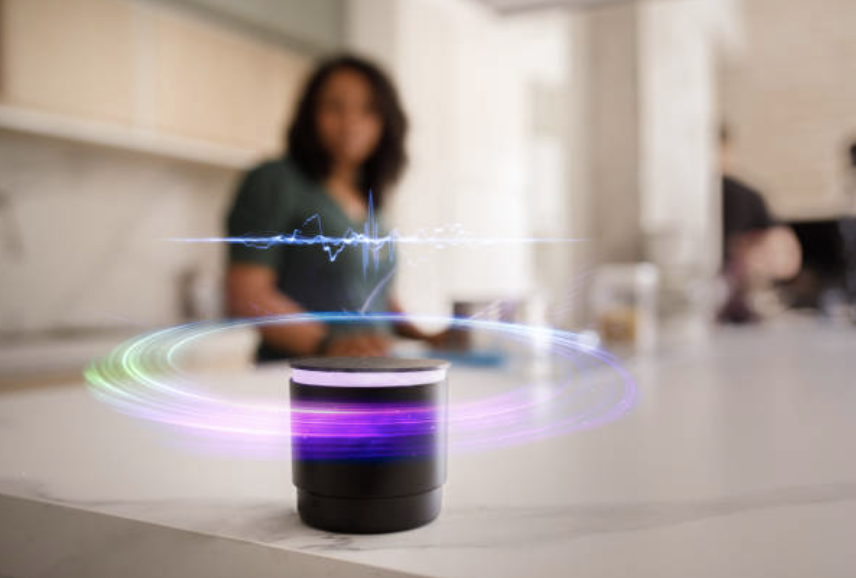
Spatial audio technology is on the rise. Early this year, Apple reported that playback of spatial audio tracks had quadrupled. Then in July, Netflix rolled out spatial audio across their platform (simply type “spatial audio” into their search bar to find a show or movie that is supported).
But what exactly is spatial audio, and why is it garnering that much more attention nowadays? Let me explain.
What Is Spatial Audio?
Spatial audio is very much a newer concept. As mentioned earlier, it launched on Netflix in mid-2022 and on Apple Music in mid-2021. And while it’s still predominately a perk for Apple users (think: AirPods, Beats, Apple Music, etc.), it is gaining traction with LG, Samsung, Google, and more.
Remember when TV got HD technology? (If you’re too young to actually remember, just humor me for a minute. There was a time when HD didn’t exist and it was well after TV upgraded to color.) Anyway, the upgrade to HD was momentous for the average TV watcher. It made watching a show or a movie feel much more immersive. Well, music and other types of audio upgrading to spatial audio are sort of similar. Sound in this format is a more immersive experience because it mimics the way we hear sound IRL.
More specifically, spatial audio is a 360-degree sound format that recreates a surround effect through any audio format—from earbuds to speakers. Compared to traditional stereo, it gives you a stronger sense of depth, width, and even height. It’s a super-charged version of digital surround sound, so similar to how surround sound is more influential over your feelings in response to what you’re hearing, spatial audio has the potential to have an even more profound effect.
That said, while the term “spatial audio” refers to audio that has been engineered to have a 3D quality to it, spatial audio is less an audio format and more a technology that enables audio formats.
How Do You Experience Spatial Audio?
To hear this immersive audio format, you need the right hardware and software.
For example, Apple has built gyroscopes and accelerometers into many of its AirPods. So when the headphones are connected to an Apple device, they can orient sound so that when you turn your head away from the device, the sound still appears to be coming from its location. Normally you’d hear no difference at all, but thanks to dynamic head tracking, that sound feels more real-life-like.
The Future Of Spatial Audio Experiences
Spatial audio is a valuable addition to AR and VR. Adding spatial audio makes any metaverse experience feel that much more life-like, memorable, and—well—immersive. "OVR is just like Airpods with spatial audio—but for smell," says Aaron Wisniewski, co-founder and CEO of OVR Technology. Spatial audio is also an example of the incredible innovations in technology that also make our digital experiences more effective. By better understanding how we perceive sound, using sensors to track body movement, and advanced players to create the illusion of spatial audio, the digital world is more immersive than ever before.
So, what's next? Fans of OVR will know the answer to that question: Scent!
Want to learn more about how OVR has invented spatial scent for digital experiences? Download the guide below!





